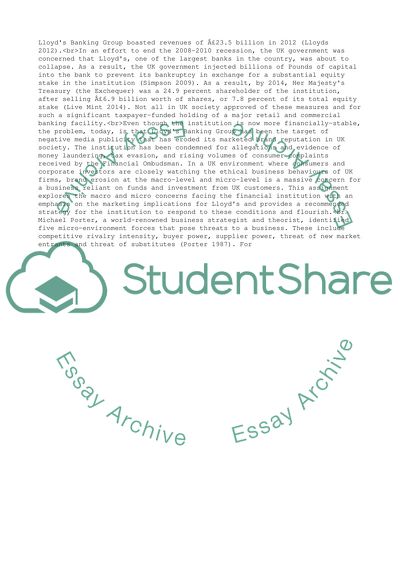Cite this document
(The effects of macro and micro environmental forces on lioyds banking Assignment, n.d.)
The effects of macro and micro environmental forces on lioyds banking Assignment. https://studentshare.org/business/1851602-the-effects-of-macro-and-micro-environmental-forces-on-lioyds-banking-group
The effects of macro and micro environmental forces on lioyds banking Assignment. https://studentshare.org/business/1851602-the-effects-of-macro-and-micro-environmental-forces-on-lioyds-banking-group
(The Effects of Macro and Micro Environmental Forces on Lioyds Banking Assignment)
The Effects of Macro and Micro Environmental Forces on Lioyds Banking Assignment. https://studentshare.org/business/1851602-the-effects-of-macro-and-micro-environmental-forces-on-lioyds-banking-group.
The Effects of Macro and Micro Environmental Forces on Lioyds Banking Assignment. https://studentshare.org/business/1851602-the-effects-of-macro-and-micro-environmental-forces-on-lioyds-banking-group.
“The Effects of Macro and Micro Environmental Forces on Lioyds Banking Assignment”. https://studentshare.org/business/1851602-the-effects-of-macro-and-micro-environmental-forces-on-lioyds-banking-group.


